Koalas eat soft young shoots. They cannot survive on a diet of healthy mature eucalypt leaves. When Aboriginal people maintained healthy forests by gentle burning, solitary koalas lived in large home ranges of around a hundred hectares with thousands of trees. They used their big noses and strong limbs to seek out fresh growth every night. Females in oestrus had no trouble finding partners in spring because male koalas’ bellows carry for several kilometres on still, humid nights.
Explorers didn’t see koalas because they didn’t live in the fertile valleys which experts now say are their prime habitats. In the 1830s and 1840s, Surveyor-General Mitchell explored nearly one-seventh of the area of Australia – the whole of the koala’s natural range. But he never saw one.
There are now more koalas across a wider area than there were when Europeans arrived. They irrupted in dense young forests which grew up in the foothills of the Blue Mountains after Aboriginal burning was disrupted. While Mitchell was exploring, his offsider, Govett, observed numerous koalas on both sides of the mountains. He reported that Aborigines had devised a stringybark noose on a sapling pole to drag koalas out of trees.
European pastoralists followed explorers and established pastures in grassy valleys. Eucalypts in pastures declined, constantly turning over soft young shoots. Koalas from the foothills invaded the valleys. By the 1870s, there were plagues of koalas in southeastern Australia. They outstripped their food and suffered overcrowding, malnutrition, and disease. People shot them and used their fur. The more adults they shot, the more young survived.
Koala numbers crashed, from South Australia to South East Queensland, when leaves frizzled during the Federation Drought around the 1900s. They were thought to be extinct in South Australia, New South Wales, and Southeast Queensland by the 1930s. Supposedly only a handful survived in Victoria. But natural low-density populations survived unscathed in the forests.
After the second world war, intensive logging with chainsaws and bulldozers created dense young regrowth and koalas boomed. In 1976, 43 scientists meeting at Taronga Zoo unanimously agreed that they were no longer endangered – there were ‘large, growing populations’.
Then we started locking up forests in National Parks. Maintenance by burning was reduced across all forests, public and private, to ‘protect’ the environment. High-intensity fires generated dense young regrowth, and unburnt forests declined in health, generating plenty of soft young growth. People planted wildlife corridors on private lands and ‘protected’ them from fire. Koala plagues returned.
Unsustainably dense aggregations on Queensland’s Koala Coast and from The Pilliga to Liverpool Plains in NSW crashed during the Millennium Drought. At Cape Otway in VIC, koalas were euthanised or moved elsewhere to die out of sight. Over ten years, more than 1,100 koalas from Kangaroo Island died within a year of their translocation to mainland SA.
Increasing sub-populations near Eden and Campbelltown, in the Blue Mountains, and on NSW North Coast were only about three times above natural levels, and they continued to increase. NSW National Parks Service uses ineffective survey methods such as mail-outs and searches for faecal pellets. They have no reliable data on koala numbers or trends. They say North Coast koalas are slowly declining, whereas effective surveys show that they are rapidly increasing.
Koala experts blamed crashes of the unsustainably dense clusters on Climate Change, clearing, logging, disease, dogs, and vehicles. The Koala Coast clearing had occurred long before the Millennium Drought, so the experts invoked ‘extinction debt, where populations continue to decline long after the main habitat destruction’.
Chlamydiosis is a consequence of overcrowding and stress. Low-density populations can have chlamydia without disease. Dog attacks and collisions are consequences of overcrowding and dispersal of young looking for something to eat and somewhere to live.
During Black Summer, large numbers of koalas were apparently burnt where the experts had told us there were few remaining. The Environment Minister asked the Threatened Species Scientific Committee for advice about the impacts. Susan Ley was advised that koalas had already been declining across ACT, NSW, and QLD. The megafires were supposedly the last straw. Koalas with postcodes in the 2000s and 4000s are now officially Endangered.
In a webinar hosted by Australian Rural and Regional News, the Chair of TSSC defended the ‘rigorous scientific assessment’ which led to the listing of this widespread and numerous, irruptive species as Endangered, if it happens to live north of the Victorian border. The official status of koalas living on the border will presumably change from day to day as they move within their home ranges.
Professor Helene Marsh explained that a process of ‘Expert Elicitation’ used the knowledge of 15 koala scientists to estimate the number of koalas across 19 Bioregions in 2012. The experts also estimated the rate of change in each. The numbers were then ‘hindcast’ to 2001 and ‘projected forward’ to 2021. Then the unknown losses from Black Summer were deducted. The estimated decline over 20 years was greater than 50 per cent so the northern koalas are now legally endangered.
Here’s how the relevant experts themselves explained the ‘Delphi Process’, named after the legendary oracle, in their paper published in Diversity and Distributions: A Journal of Conservation Biogeography:
‘It was not necessary to achieve high levels of certainty or consensus among experts before making informed estimates. A quantitative, scientific method for deriving estimates of koala populations and trends was possible, in the absence of empirical data on abundances.’
NSW will spend nearly $200 million on a strategy to double the unknown number of koalas by 2050. However, numbers will double much sooner than that in all the soft new growth from Black Summer. Some subpopulations will undoubtedly crash in drought or burn in megafires before 2050. It’s not a problem for koala conservation but it’s a huge animal welfare problem for all species. It is a serious conservation problem for our truly endangered species which rely on healthy, safe, open, and diverse forests.
Victoria’s supposedly last natural koala population, in the Strzelecki Ranges, has experienced 20 megafires in 200 years, including Black Thursday 1851, Red Tuesday 1898, Black Friday 1939, and Black Saturday 2009. It has survived some of the most intensive clearing ever undertaken in Australia as well as 80 years of short rotation plantation forestry. Koalas are still there in densities three times higher than stable populations in mature forests.
We can look forward to more National Parks, ongoing holocaust and pestilence, and ever-increasing socioeconomic and environmental destruction. But the multinational, multi-million-dollar koala industry with its hundreds of scientific experts will continue to flourish along with the species. Professor Marsh made her opinion clear in the webinar, that industrial Climate Change is our major conservation problem.
It ain’t science.
Got something to add? Join the discussion and comment below.
Get 10 issues for just $10
Subscribe to The Spectator Australia today for the next 10 magazine issues, plus full online access, for just $10.

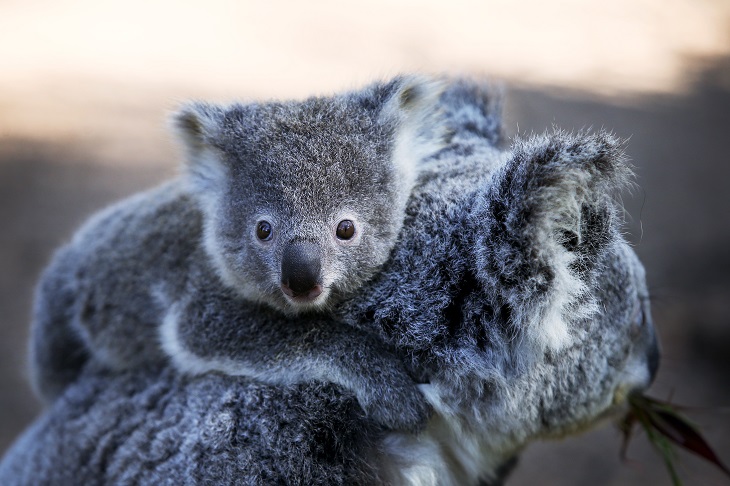
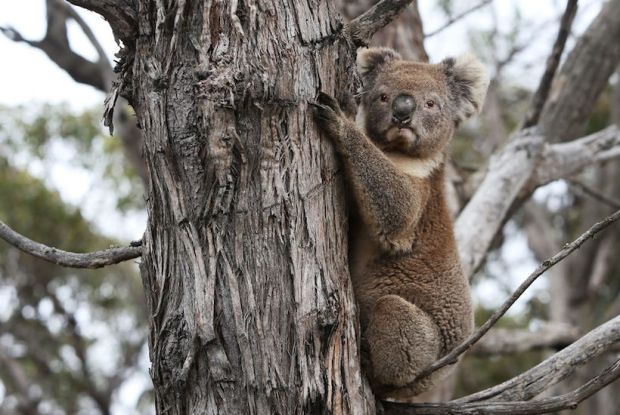
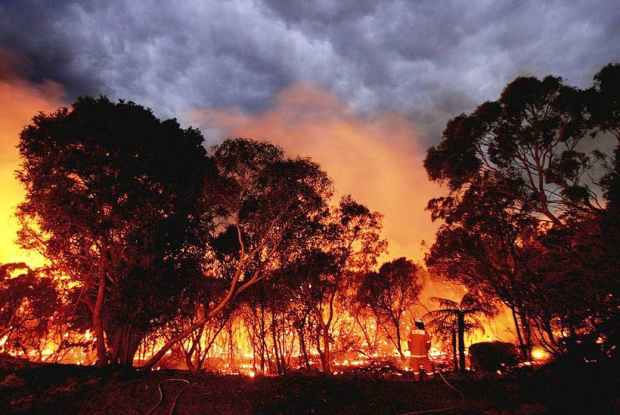
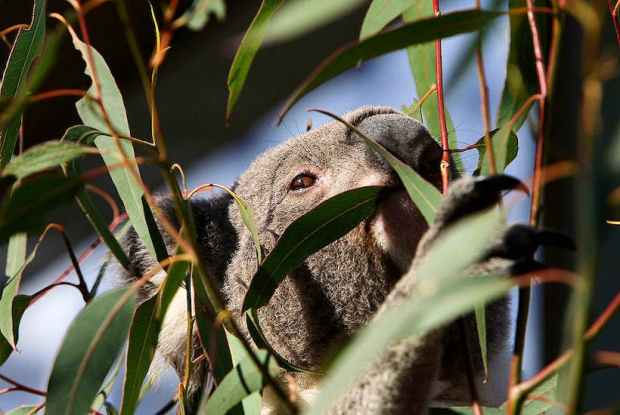

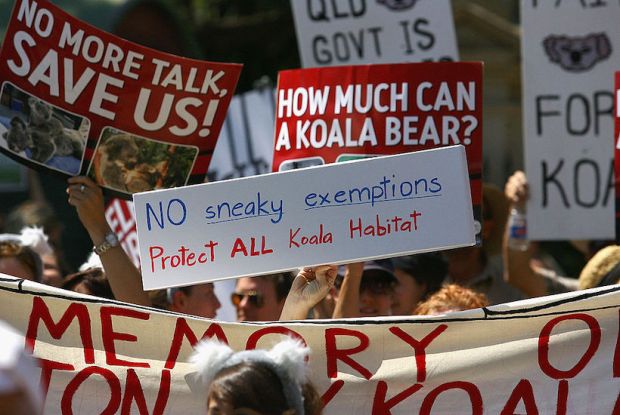



















Comments
Don't miss out
Join the conversation with other Spectator Australia readers. Subscribe to leave a comment.
SUBSCRIBEAlready a subscriber? Log in